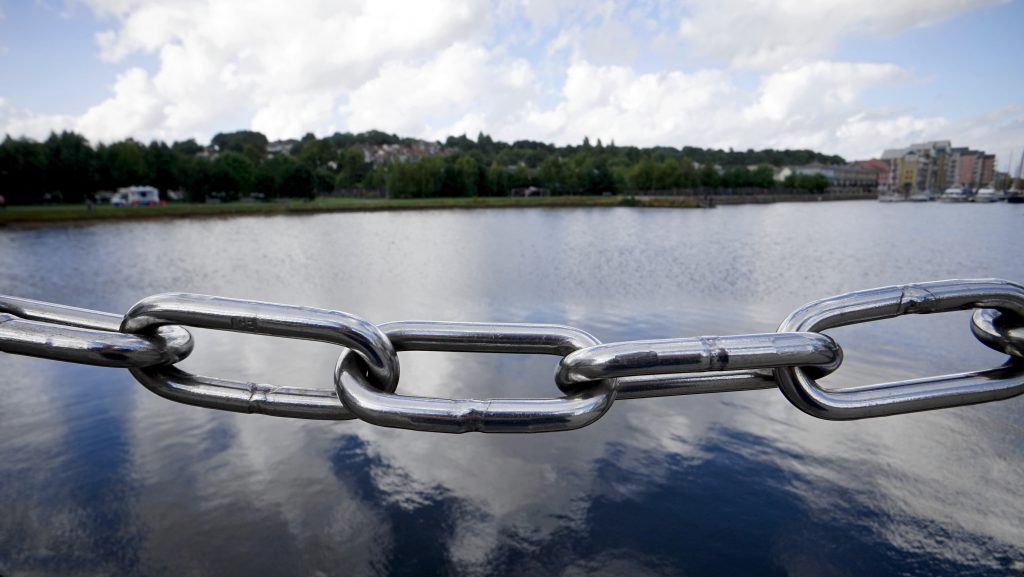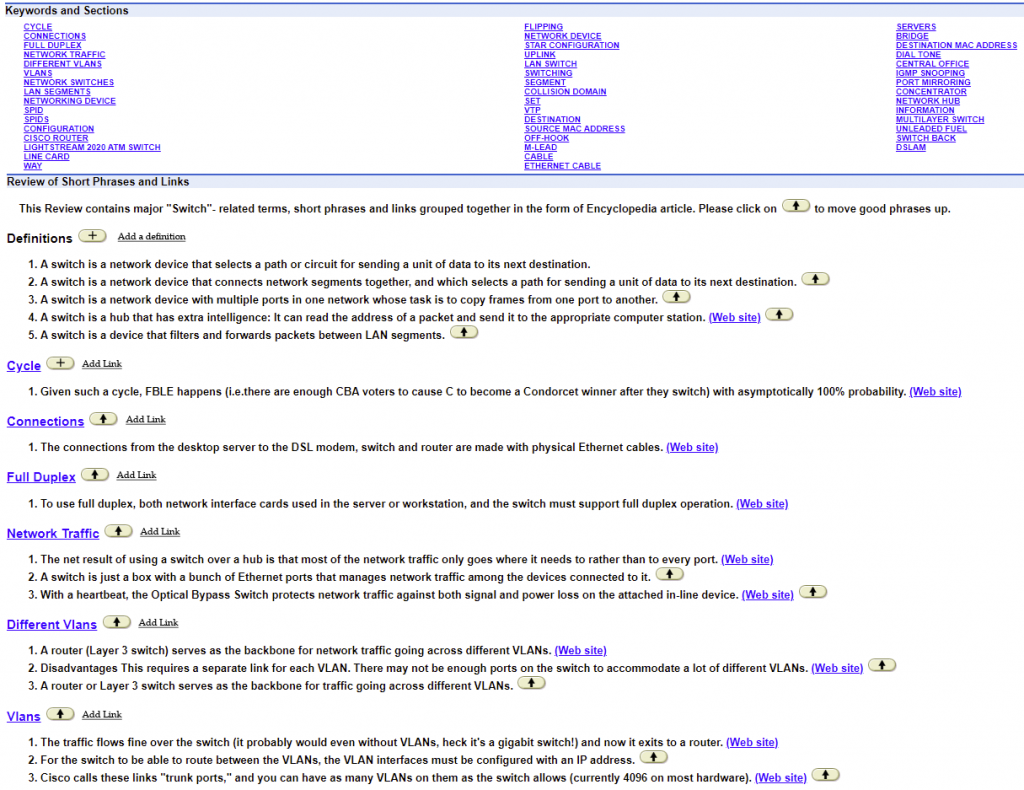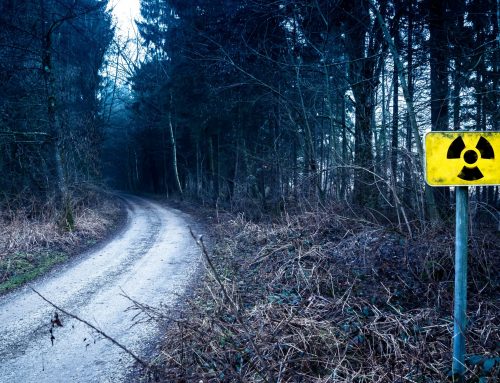Should I Worry About Toxic Backlinks?
If you’re diligent about checking your search rankings, you may have come across your a dire warning: TOXIC BACKLINKS ARE RUINING YOUR SITE’S SEO! Read on and we’ll break down toxic and healthy backlinks, how they impact your site, and what you should do about them.

The Value of Backlinks
Backlinks: (n) any links from other domains that send visitors to one of your pages. Positively impacts your site.
Toxic backlinks: (n) a backlink from a site with a poor reputation with Google. Negatively impacts your site.
Backlinks have always been an important part of the Google search algorithm. The more links to your pages from good quality pages, the better your site ranks in Google. In the early days of SEO, these links were so powerful that people could easily rank in the top of searches by simply having a couple of links. This was especially true of local search listings… one link from a chamber of commerce site could rank your site on the first handful of search results!
How links affect your ranking
In general terms, a link from a site also passes on a bit of the reputation of the site that sends the link. If a high quality site sends a link to your page, then Google will think, “Wow, this must also be a high quality site if this high quality site is referring their visitors there!” This is, and has been, one of the most powerful ways to improve your site’s search ranking.
The Rise of Link Networks & Link Farms
Savvy site builders caught on quickly and came up with strategies to take advantage of links. Some created linking networks that would share links between non-competing companies in the same vertical. Think of things like, “Woodworkers Web Ring” and the like from the earlier days of the internet.
Google rewarded networks that contain legitimate attempts to link together sites of similar content and quality. Link networks have a bad reputation, but they are still some of the most powerful tools in SEO when done correctly.
Link Farms & the Rise of Toxic Links
Others created sites that simply contained links to hundreds of pages. These pages didn’t have meaningful content, just lots of links to their clients. They would offer a quick boost to your search ranking in exchange for a fee. Over the years, Google has increasingly penalized the use of link farms. Just like a link from a great site will pass some of that greatness on, a link from a terrible site will pass on some of that terribleness to your site. Links to your site from link farms will negatively impact your search rankings. These are known as toxic backlinks.

Black-Hat SEO & Link Farm Attacks
Some devious SEO practitioners learned that the negative impact of link farms can be used to attack other sites. These bad actors could add your site to a link farm to destroy your legitimate efforts to rank high in Google. They might do this on behalf of another customer or to extort you into using their services. After all, if you can ruin a competing site’s search ranking, your site will rise to the top.
Black-Hat SEO: (a) a loose term for describing manipulating the Google search algorithm, using illegal tactics, or generally cheating in SEO. Bots, hacks, and the like are all considered black hat. These are very risky practices and can severely damage your standing with Google. It should go without saying: Don’t use black hat practices! It’s never worth the penalties.

The Solution? Disavowing Links
To help site owners take control of who they digitally associate with, Google introduced the disavow tool. Google allows you to disassociate yourself from pages that link to your site through this tool. But it’s sort of the nuclear option in the war against toxic backlinks.
Recommended Process for Removing Toxic Backlinks
This is the process we use to minimize the negative impact of toxic backlinks on our clients’ sites.
- Use a link checking tool to evaluate the health of your backlinks. We use SEMRush for most of our SEO clients. The tool creates a handy list of all links back to your site and gives you an evaluation of the quality of the links. Any under a certain quality threshold will be flagged as toxic. If you disagree with this ranking or still want the link to pass along its value, you can whitelist the link or domain.
- Contact the link owner. Page owners will often work with you to eliminate links from domains you don’t want to be associated with. Or you may be able to convince them to improve their site, which would benefit both parties!
- Disavow the links. If you can’t fix or eliminate the link by talking to the site owner, you can use the Google Search Console to tell Google that you don’t want that connection. If you don’t have an account set up yet for your website, we would be happy to help.


